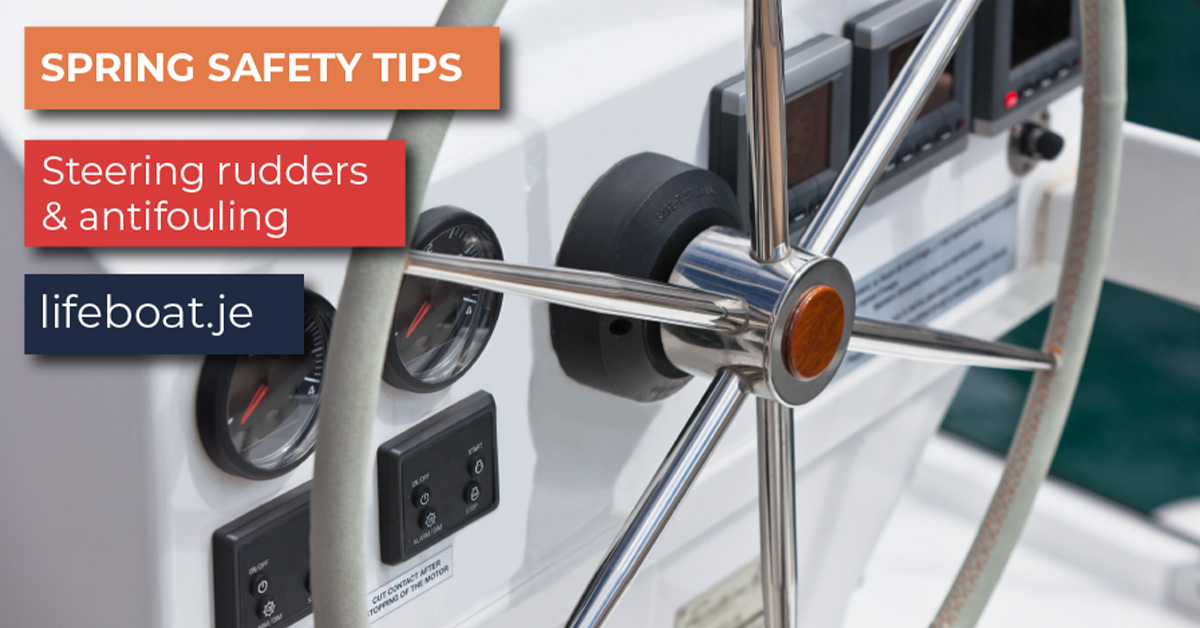
The weather is moving through spring, towards summer. Before you head back out into the water, here are some important safety tips to keep in mind…
Steering Rudders
The rudder is one of the most important parts of your boat, and rudder failure is a common problem on neglected or over-worked boats. It is not only very unpleasant, but also potentially very dangerous to have this happen whilst out at sea.
Make sure to check all of the following:
- When your boat is out of the water, do you have a drip from the rudder?
- Rudder fixings should be secure and steering systems running smoothly without any slack.
- Watch for rust-like stains on the surface, which are an indicator of corrosion.
- No excessive play in the bearings, and the bearing-tube-to-hull joint shows no signs of cracking.
- Flexible rubber seal is in good order.
- Is the steering stiff? This can be caused by plastic bearing failure where roller bearings can
suddenly fail. - Rudder shock failure can be caused by seawater penetrating the bearing tube, causing a
stainless steel rudder stock to corrode and then fail. The rudder stocks’ lower bearing (where it
enters the bearing tube) needs to be monitored to make sure there are no signs of corrosion
(crevice or galvanic), and that there is no excessive play. - Framework failure can be caused by water penetrating your rudder blade, which can cause
corrosion and result in the rudder stock breaking away and failing to turn the blade. Watch for
any movement between the rudder and the rudder stock. - Bulges which indicate water penetrating the rudder can cause delamination. Check the edges
of the blade for any signs of splits or cracking, allowing water to penetrate.
Antifouling
Best applied on a calm and dry day. Sand down any rough spots and fill any bumps before
applying antifouling. If you have removed all old layers and taken it back to the gelcoat, then you will need to apply a coat of primer before hand, to make sure the antifouling adheres properly.
If your keel is in poor condition (signs of rust, pitting or cracks along the surface), then you need to remove all of the surrounding paint. Use a wire brush, angle grinder or shot blaster to take the keel back tov are metal before applying a rust preventative. Fill any holes with an epoxy and apply a minimum of 3 coats of underwater primer, before your 2 coats (minimum) antifouling.
Keep tuned for more in our series of safety tips to get you back in the water.
#boatsafety #jerseylifeboats #staysafe
